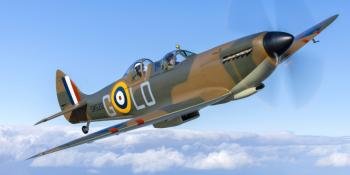China Airlines has become the first Taiwanese carrier to operate Airbus’ next-generation A350 XWB. Chen Chuanren goes on board to discover how the carrier’s planning to use the new jet.
The latest chapter in China Airlines’ (CAL’s) 57-yearhistory opened with the delivery of its first Airbus A350-900 from the European manufacturer.
The jet, B-18901 (c/n 049), the first of 14 on order, arrived at the airline’s Taipei/Taoyuan International Airport home base on October 1 after a nonstop delivery flight. It then undertook certification work with the Taiwanese Civil Aeronautics Administration (CAA) as well as conducting essential crew training.
CAL also applied special decals after revealing in April last year that its A350s would all be named after bird species indigenous to Taiwan – the new aircraft exhibiting the country’s unofficial national bird, the Syrmaticus Mikado, a species of pheasant.
Gaining CAA approval at the end of October, CAL then introduced the jet to its regional network, including rotations between Taipei and Hong Kong, before it launches long-haul services early in 2017.
An Eight-Year Wait
China Airlines announced its purchase of 14 A350-900s (plus six options) in January 2008 as part of …





